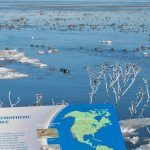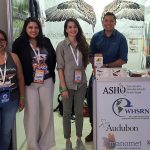Last month, several partners and 33 participants came together for the “Experts Workshop to Spread and Strengthen Shorebird Conservation in Peru,” organized by Peru’s Ministry of the Environment (MINAM), the National Service for Protected Natural Areas (SERNANP), the Center for Ornithology and Biodiversity (CORBIDI) and the WHSRN Executive Office. The workshop took place at the Iquitos campus of the Universidad Científica of Peru, as part of the 11th Peruvian Ornithological Congress. Participants attended from across Peru, and included ornithologists, shorebird experts, land managers, administrators, and staff of protected areas.
This was the second event in the ongoing process to develop a National Shorebird Conservation Plan for Peru. An earlier national workshop was held at the National Reserve of Paracas in November 2017, during the 7th meeting of the Western Hemisphere Shorebird Group. One of the primary goals in developing this national plan is to carry out the strategies identified in the Pacific Americas Shorebird Conservation Strategy (PASCS).
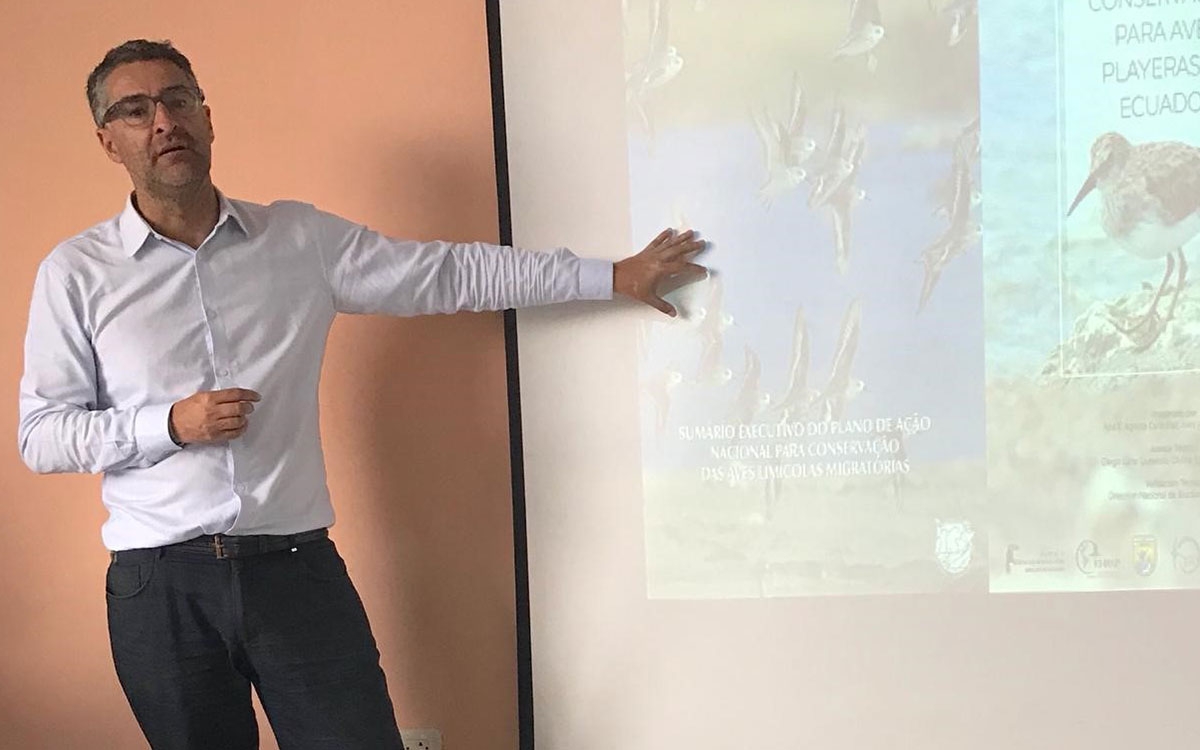
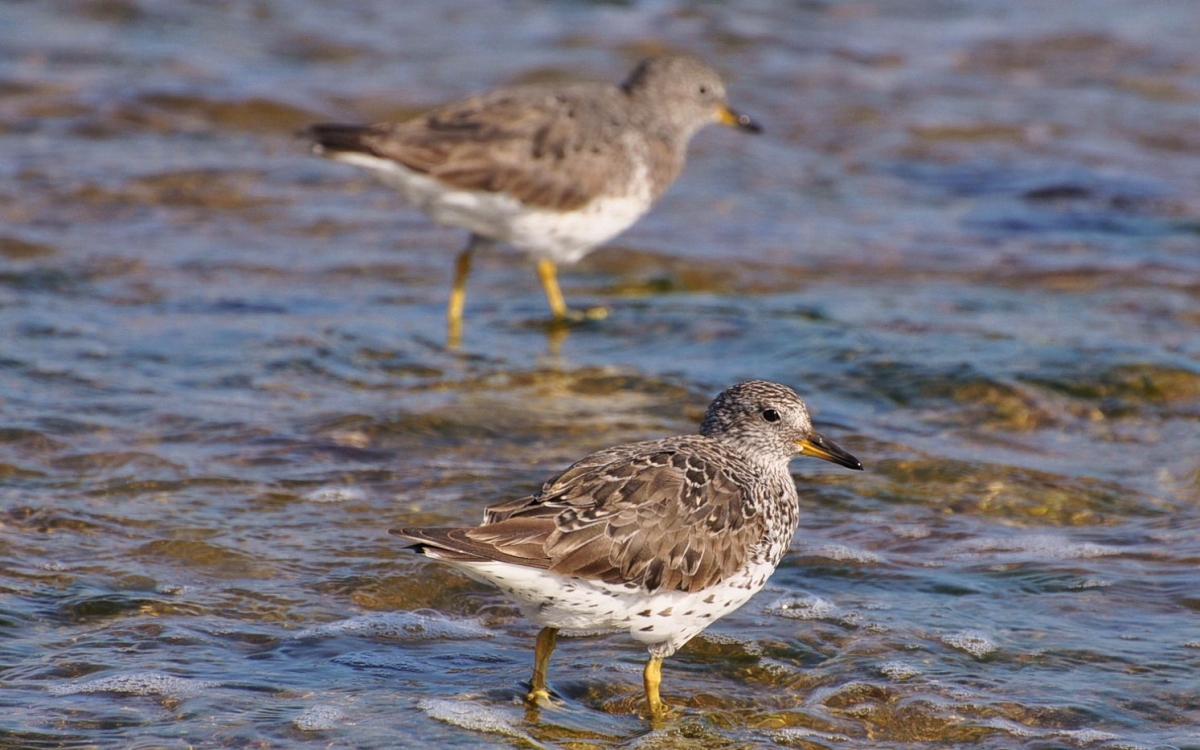
Left: Diego Luna Quevedo presents during the workshop. Photo: Priscila Pellissier. Right: Surfbirds at the WHSRN Site Reserva Nacional de Paracas. Photo: Diego Luna Quevedo.
During the workshop in Iquitos, Yuri Beraún Baca, Wildlife Management Specialist with MINAM, presented the results from the first workshop in Paracas, and outlined the steps to create national plans in Peru. Biologist Eveling Tavera from CORBIDI shared an initial proposal of conservation objectives and focal sites for the plan, and received valuable contributions from participants. WHSRN Conservation Specialist Diego Luna Quevedo also presented the vision, mission, goals, and potential next steps for the Plan, which the group added to and agreed upon.
Through a valuable open discussion, workshop participants conducted a SWOT analysis (Strengths, Weaknesses, Opportunities, and Threats), and used the exercise to create a “problem tree” of threats to shorebird conservation, especially related to the loss and destruction of critical habitats.
Workshop participants not only collaborated to build the first shared vision for national shorebird conservation action in Peru, but committed to participating by signing an agreement to contribute and support the process to design and approve the National Shorebird Conservation Plan. The group agreed to put together another workshop in early 2019, to bring together experts from across Peru to create the first draft of this plan that will have national reach.
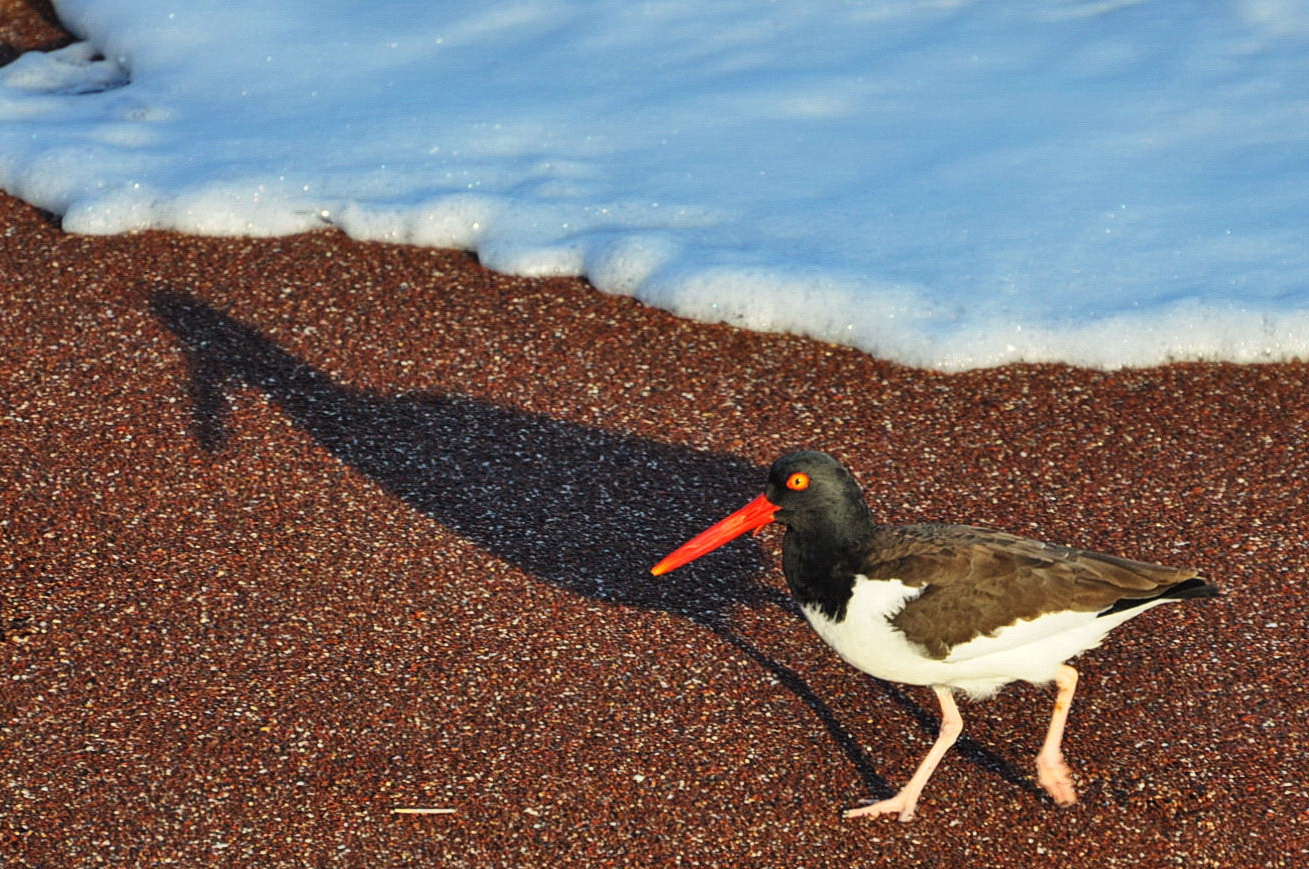
American Oystercatcher at the WHSRN Site Reserva Nacional de Paracas in Paracas, Peru. Photo: Diego Luna Quevedo.
“We currently have national plans in progress in Brazil and Ecuador, and this year we are moving forward with two new plans – in Peru and Argentina,” said WHSRN’s Diego Luna Quevedo. “This type of strategic planning serves as a framework for national conservation action that includes a diverse group of actors – citizens and leaders from both public and private sectors. This process allows us to address the threats, actions, and priorities of migration routes along both the Pacific and the Atlantic.”
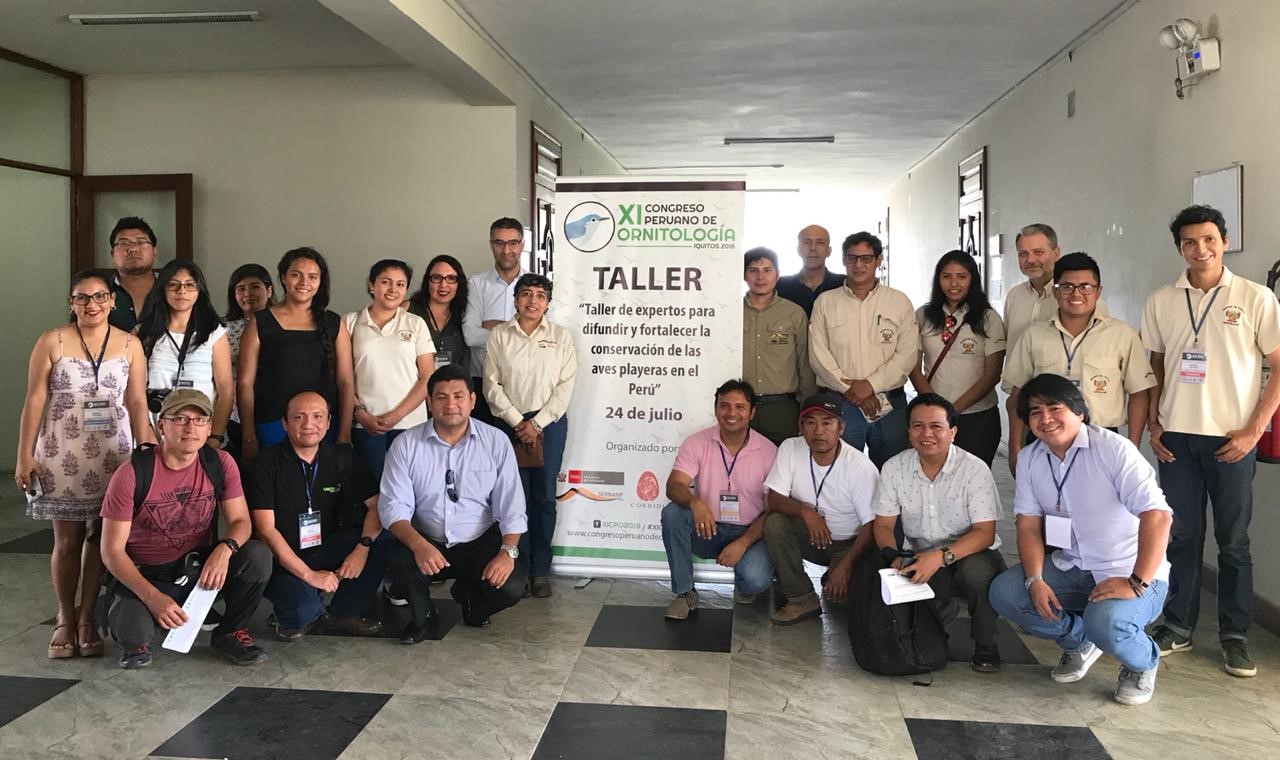
Participants in the “Experts Workshop to Spread and Strengthen Shorebird Conservation in Peru.” Photo: Diego Luna Quevedo.
For more information about progress on the Plan in Peru, write to Yuri Beraún, Wildlife Management Specialist with Peru’s Ministry of the Environment, at yberaun@minam.gob.pe





